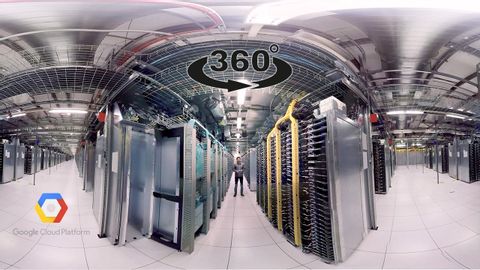360度ビデオでグーグルデータセンターに行ってみよう!
韓澐 が 2016 年 05 月 18 日 に投稿  この条件に一致する単語はありません
この条件に一致する単語はありません- adj.かわいい;可愛い
- adv.かなり;かなり
- v.t.飾る : 美しくする
- n.美人
US /ˈɪnfrəˌstrʌktʃɚ/
・
UK /'ɪnfrəstrʌktʃə(r)/
- n. (u.)インフラ;社会基盤;組織基盤;IT基盤
US /ɪˈfɪʃənt/
・
UK /ɪˈfɪʃnt/
US /ˈwɔtɚ, ˈwɑtɚ/
・
UK /'wɔ:tə(r)/
- n. (u.)水;海
- v.i.(目が)涙を出す : 涙を流す;よだれがたまる
- v.t.水をかける
エネルギーを使用
すべての単語を解除
発音・解説・フィルター機能を解除
